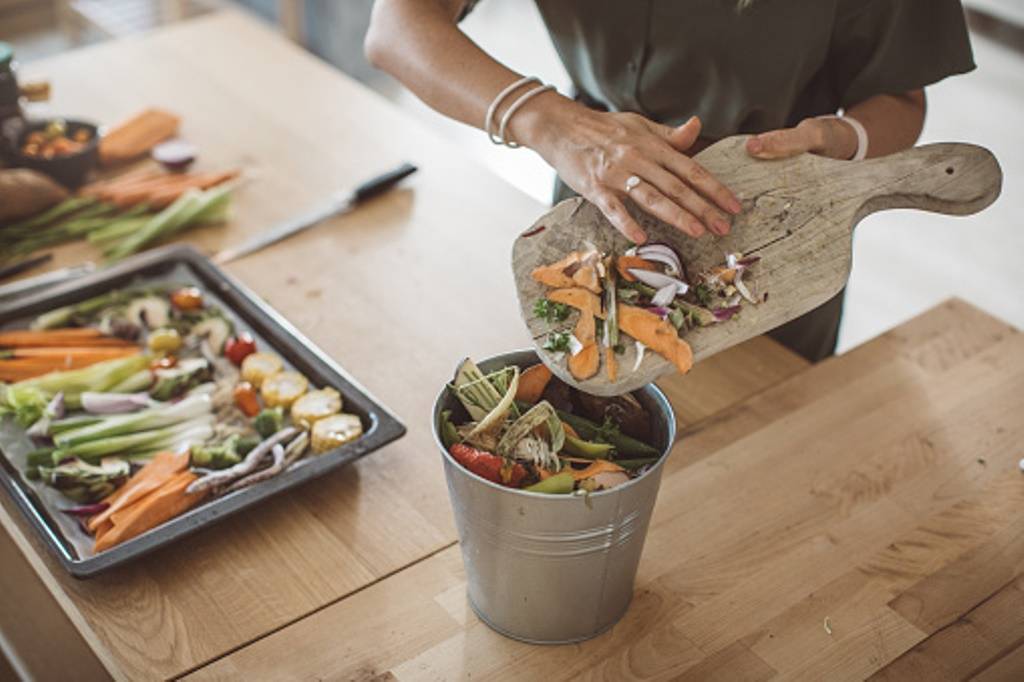
INDIANS waste as much food as the whole of United Kingdom consumes – a statistic that may not be so much indicative of our love of surfeit, as it is of our population. Still, food wastage is an alarming issue in India.
Our street and garbage bins, landfills have sufficient proof to prove it. Weddings, canteens, hotels, social and family functions, households spew out so much food. According to the United Nations Development Programme, up to 40 percent of the food produced in India is wasted. About 21 million tonnes of wheat are wasted in India and 50% of all food across the world meets the same fate and never reaches the needy. In fact, according to the agriculture ministry, Rs. 50,000 crore worth of food produced is wasted every year in the country.
Food wastage is a problem worldwide. Environmental scientists and agriculture scientists are also working to use the wastage. Here is the solution in the article.
Post-harvest food waste levels in the United States are about 121 billion pounds a year, according to a 2012 study commissioned by the Grocery Manufacturers Association (GMA) and the Food Marketing Institute (FMI). That represents about 390 pounds per person a year. And what’s worse, about two-thirds of it ends up in landfills, where it doesn’t just sit; it produces methane, a greenhouse gas more than 20 times as potent as carbon dioxide.
While Monsanto is dedicated to helping farmers grow food sustainably, we partner with many others who focus on reducing food waste and distributing food to those who need it most. Together, efforts in these three key areas can meet the 2050 challenge. This article by Meghan Stasz, Senior Director of Sustainability, Grocery Manufacturers Association is part of a series of narratives written by the people and organizations working to feed nine billion people by 2050.
This situation exists not only at a time when climate change anxieties are deepening but when 49 million Americans face hunger, according to the non-profit Feeding America, the nation’s largest hunger-relief organization. All of that wasted food — about 30–40 percent of the food grown and produced in our country — would be more than enough to solve the problem of domestic hunger, Feeding America says.

The situation, obviously, is unacceptable. That’s why in 2011 GMA — representing companies like Campbell’s, Kellogg’s and Monsanto — joined with FMI, representing retail grocery stores and the National Restaurant Association (NRA) to form the Food Waste Reduction Alliance (FWRA). The group’s goals:
-
To get a better grip on the key facts — not only how much food waste is being generated, but where it’s coming from and how much food is being donated instead of being sent to landfills or down garbage disposals.
-
To identify and promote solutions and best practices. A best practice guide we published last spring has been downloaded nearly 200 times, I’m glad to say.
-
To build awareness and engage with organizations that can help.
-
To determine what public policies can help produce the kind of infrastructure improvements that lead to better outcomes.
FWRA has already had an impact. We know that if you want to improve something, a good place to start is by measuring it. By simply getting companies to start measuring the food waste produced through their operations, we’re setting them on a path toward reducing it, if not eliminating it. And although we’re only one of the dozens of parties involved, donations to food banks are on the rise, with growing contributions from all three of the sectors — manufacturing, retail, and restaurants — that FWRA represents.
That’s terrific, of course, but we know it will take more time and effort to accomplish our goals. The problem we’re addressing is a very complicated one; there is no “silver bullet” to solve it. And some of the solutions will require significant new investment. With anaerobic digesters, for example, food waste can be converted into methane in a controlled process that ends with the burning of the methane to generate electricity. A liability, in other words — food waste that produces a greenhouse gas — becomes an asset — food waste that generates power. But first, we have to build more anaerobic digesters. It’s even working in some places in the United States. But we need to expand its use dramatically.
Many other solutions, however, will be focused on consumers: packaging, for example, that enables people to save leftover food more conveniently and effectively or that keeps food fresh longer. That will help consumers in the home — responsible for perhaps 40 percent of our current food waste — reduce their contribution to the problem.
Everyone, up and down the supply chain, is going to have to pitch in. But this problem is eminently solvable. We can — and will — do a far better job.









